Worm or Grass?
Worm in the Winter and Grass in the Summer!
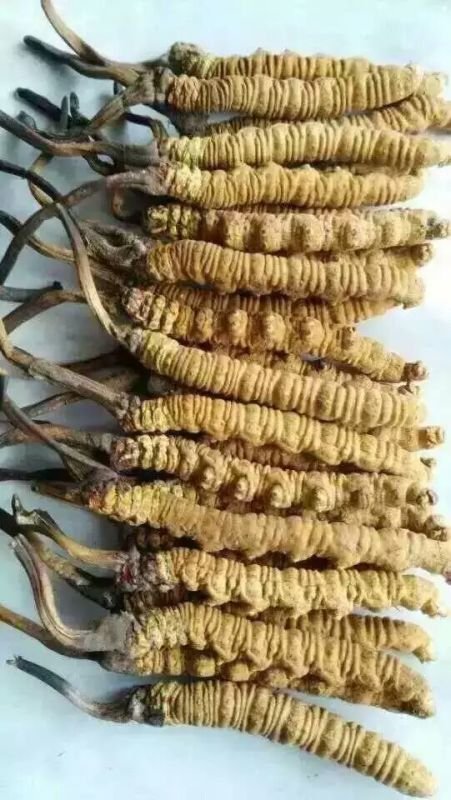
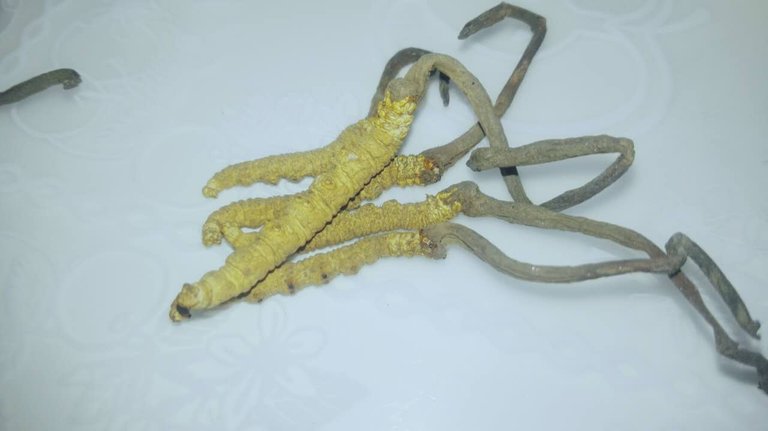
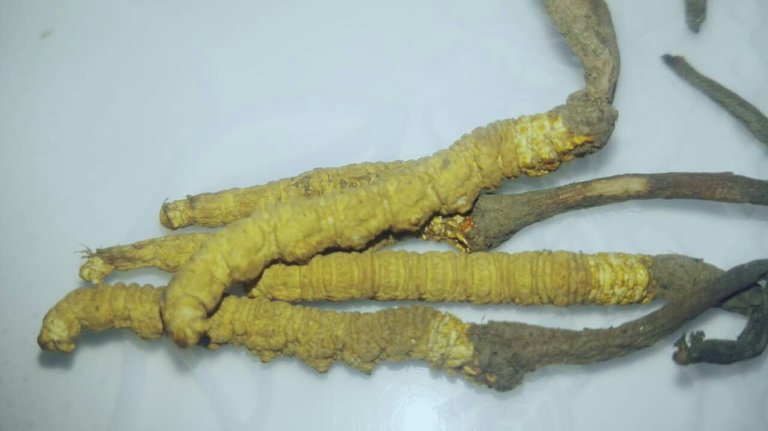
Latin Name: Cordyceps sinensis
Common Name: Caterpillar fungus / Cordyceps
Scientific Name: Cordyceps sinensis (Berk.) Sacc.
Chinese Name: 冬虫夏草
Pinyin Name: dong chong xia cao
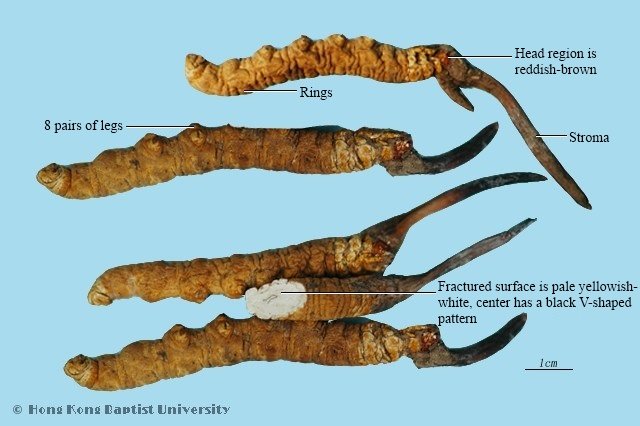
Origin: Cordyceps sinensis is a fungus that parasitizes caterpillars, specifically the larva of the hepialid moth (also known as the bat moth). When the fungus parasitizes the larva, its mycelia, which is a mass of branching, threadlike hyphae, fill the entire body of the host and kills it. The entire fungus-larva combination is collected for medical use.
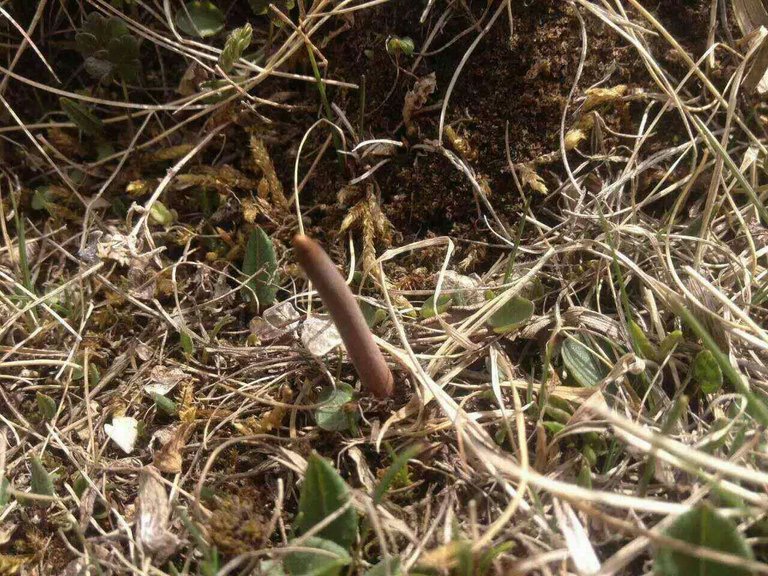
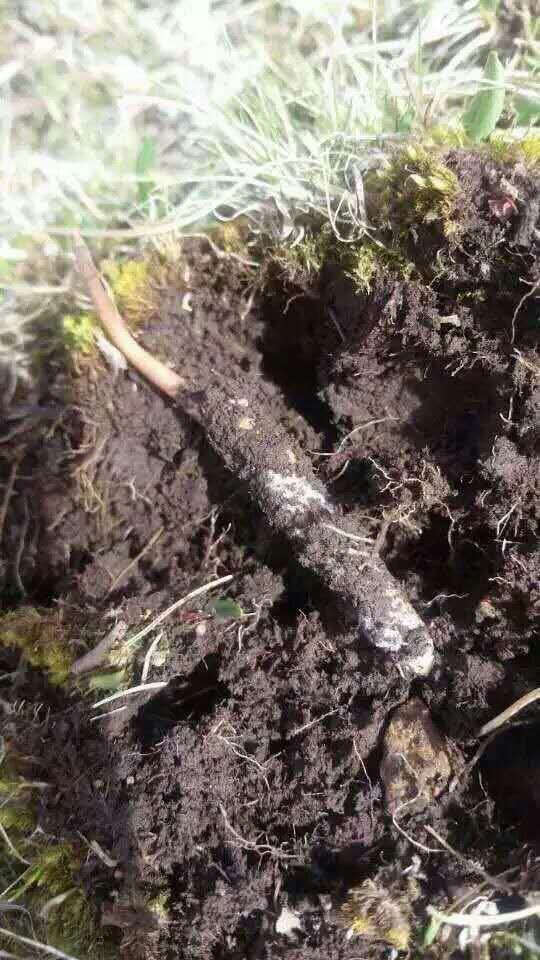
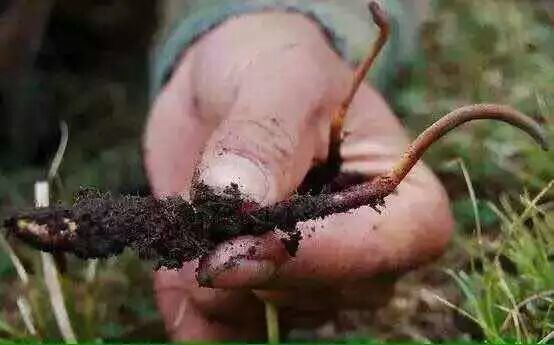
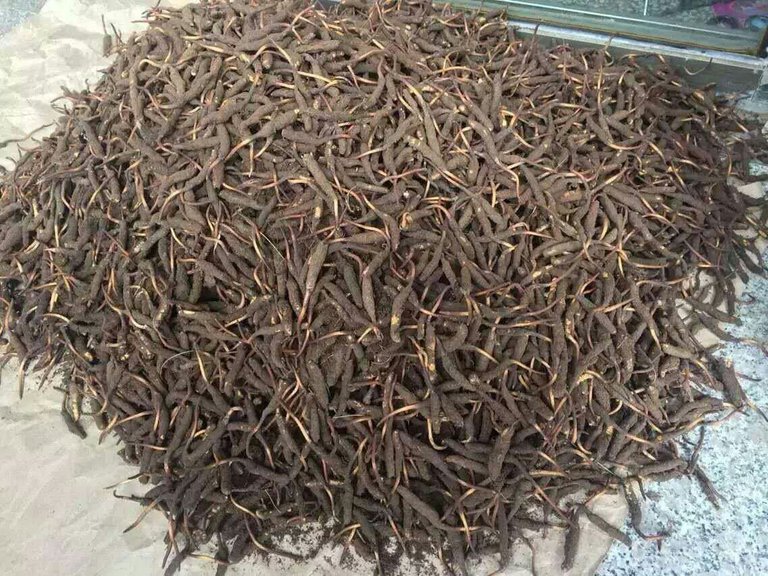

Where Does It Grow: It is mainly grown at an altitude of 3500-4500 meters on plateau areas, such as Sichuan, Qinghai, Gansu and Tibet in China.
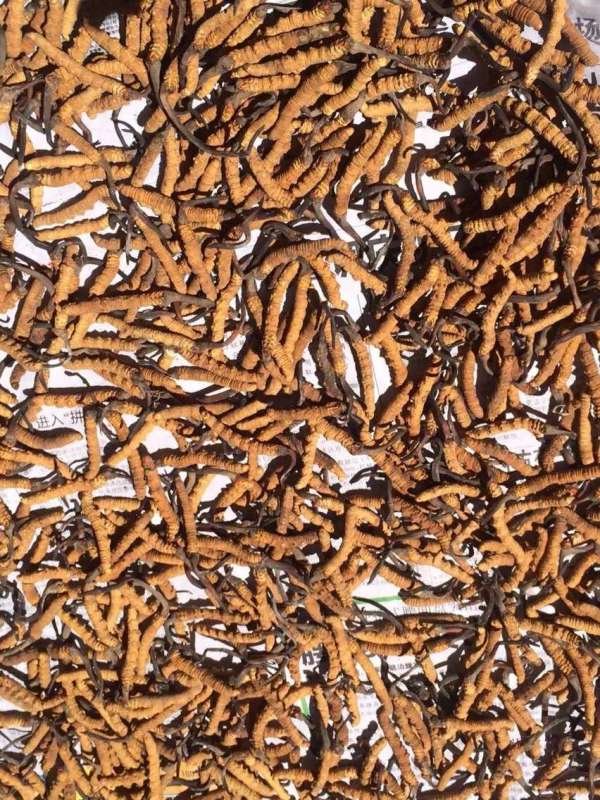
Traditional Use in Traditional Chinese Medicine:
1. Enhancing kidney yang and replenishing essence;
2. Invigorating both lung and kidney to ease breathing difficulties, stop bleeding and dissolve phlegm.
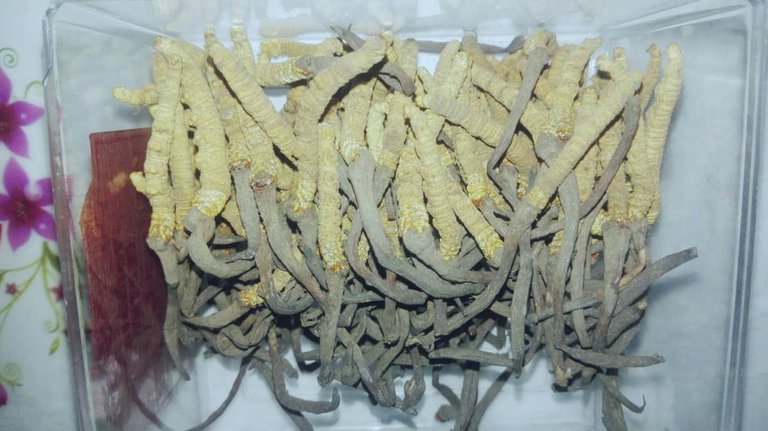
Pharmacological Actions:
1. Anti-oxidant effects
2. Anti-inflammatory effects
3. Anti-tumor effects
4. Anti-fatigue and anti-stress effects
5. Effects on respiratory system
6. Effects on lung fibrosis
7. Effect on lung fibrosis
8. Immunomodulatory effects
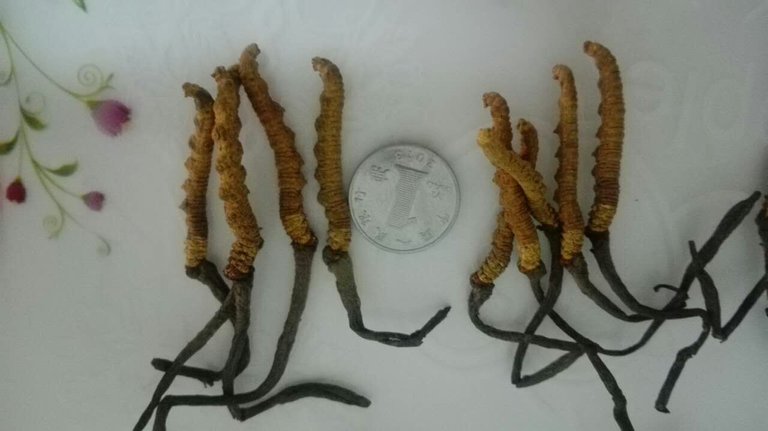
Toxicology: Cordyceps has an extremely low level of toxicity. Mice have been shown to tolerate up to 45g/kg of Cordyceps, which is approximately 250 times the therapeutic dosage for humans. The LD50 in mice via intraperitoneal injection is 21.7±1.3 g/kg.
Administration and Dosage: It can be administrated as a decoction, powder mixture or stew, 5-10g each time.
Adverse Effect, Side Effects and Cautions: No interaction or adverse effects are reported.
If you want to know more about this "WORM", please tell me, cause I come from producing area.
If you want to buy this "WORM", I will try my best to help you! I accept Bitcoin, Steem, Bitshares, BitCNY, et al.
clear photo and introduce
looks like ugly long finger nails
This is Traditional Chinese Medicine drug.